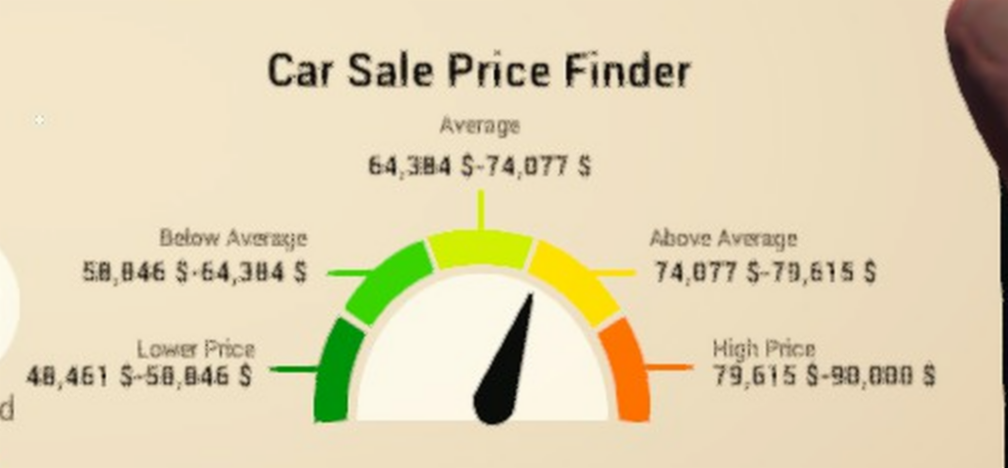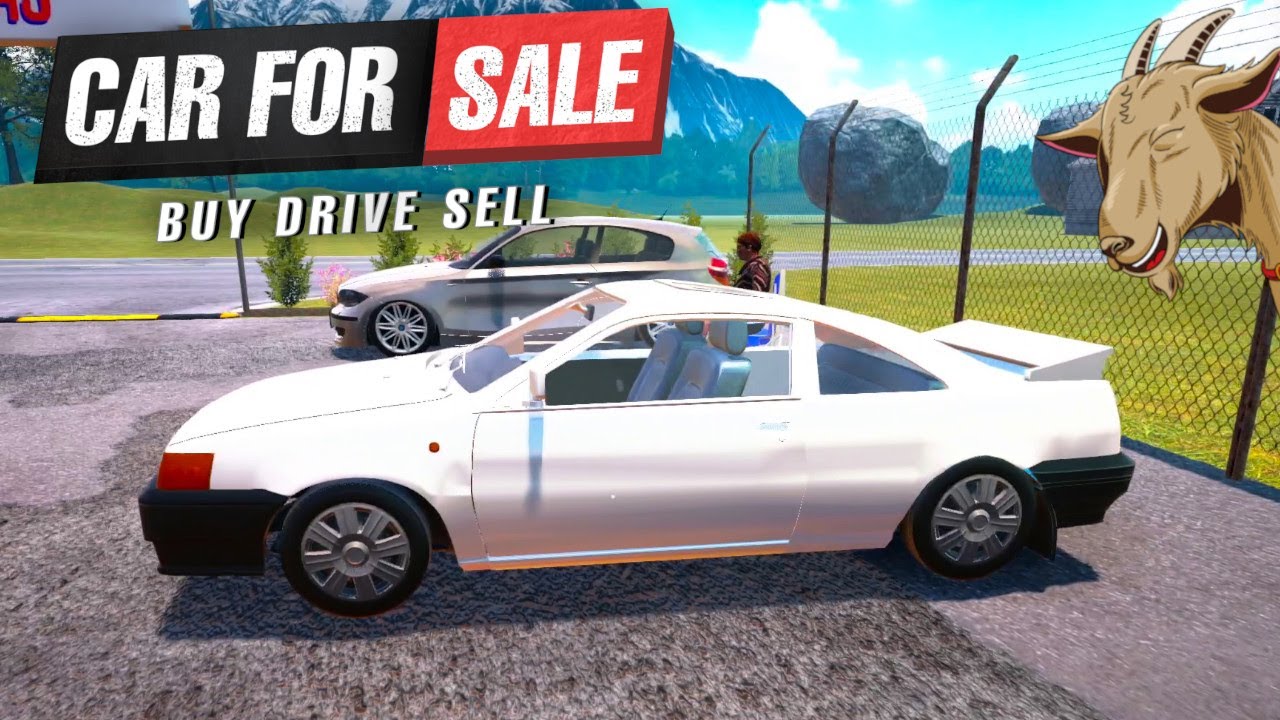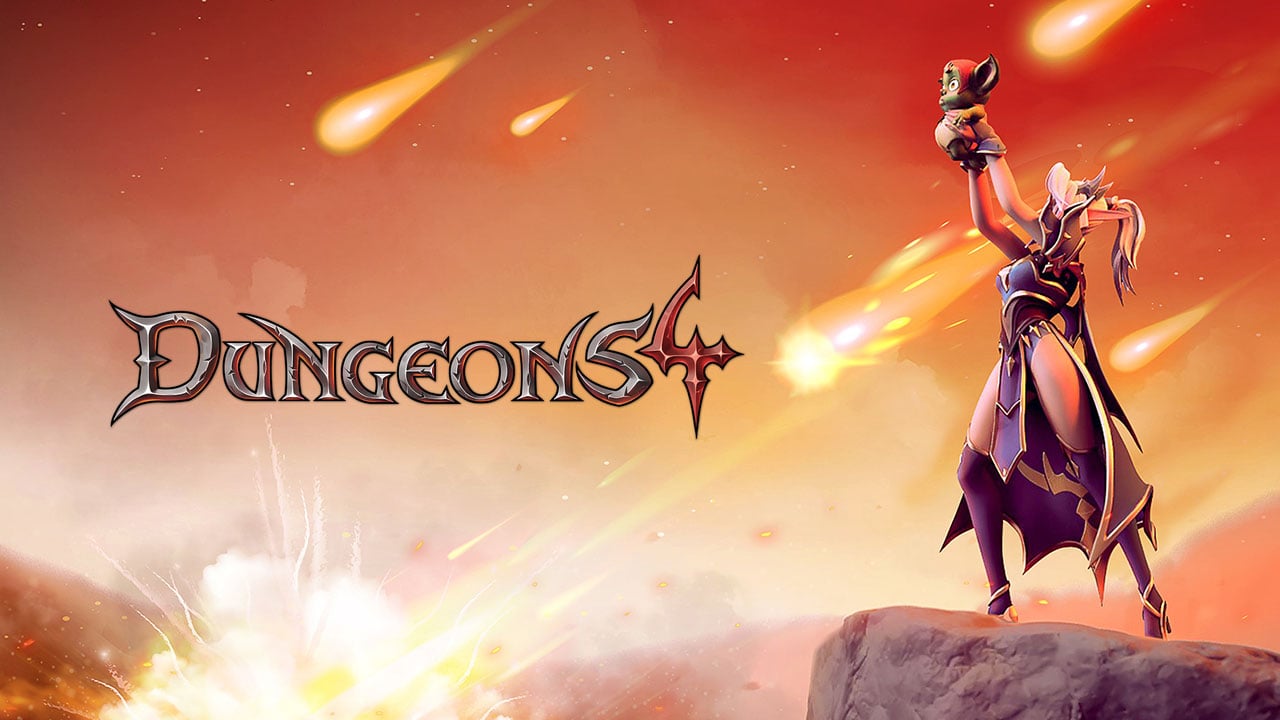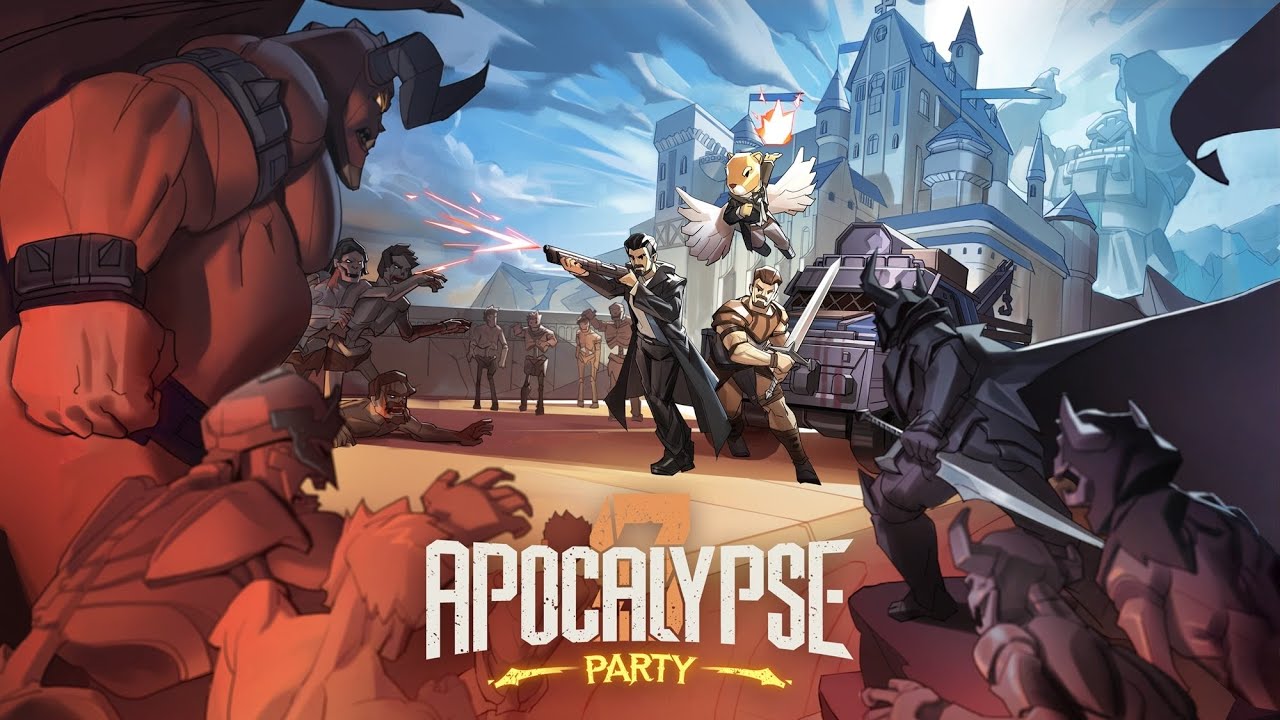An explanation of the pricing mechanics involved in selling, how it impacts the frequency and attractiveness of customers’ offers, and effective strategies to optimize profit and streamline the sales process.
Preliminary Notes
The information provided in this guide is based on observations from version 0.1.42-0.1.44. Since the game is still in early access, there may be modifications and adjustments made to the game mechanics.
Throughout this guide, we will assume that you have unlocked the Better Bargain 2 and Best Price skills. The Best Price skill is particularly crucial as it assists in accurately determining the value of your car, enabling efficient pricing instead of relying on guesswork.
What Primarily Influences Value?
Most modifiers that affect the value of vehicles only impact the prices at which they are sold to you, not when you sell them to customers. When a car is generated, it is assigned a base value. Additional factors such as damage, dirt, mileage, and features are randomly applied to the car at the time of sale, influencing the seller’s asking price. However, this price is capped at the base value and can be significantly lower if the car is in poor condition.
Once you acquire the car, its value is determined solely by the base value, which can never be lower than what you paid for it. Consequently, purchasing worn-out cars with high mileage and shoddy paintwork can yield substantial profits, while pristine cars with low mileage and luxurious features only result in modest profits.
Performing tasks such as cleaning and refueling a car has no impact on its value. Likewise, adding pictures or titles to your listing does not affect the value either. Repairing, repainting, and tuning a car contribute minimally to its value. Unless your aim is to obtain achievements, if your primary goal is to maximize profits quickly or climb the leaderboards, it is advisable to sell cars as-is (or resort to save scumming in poker if you prefer).
Here’s an example of a car’s selling value:
- Car Model: Fiyay 131
- Mileage: 71.5k km
10% damage, 35% painted: 195.5-363.2k
0% damage ($150 repair), 0% painted ($175 respray): 195.9-364k
Tuning: Racing, ABS, Turbo, NOS ($1240): 196.9-365.7k
As we can see, all the effort put into fixing up the car, repainting it, and adding attractive features only resulted in a maximum increase of 2.5k in the sale price, at a cost of 1.5k. In other words, the maximum additional profit gained was only 1k at best. During that same timeframe, we could have purchased 2-3 more cars and added them to our inventory.
To add insult to injury, driving the fixed and tuned car into the car lot walls until the engine breaks, resulting in 70% damage, only leads to a loss of 700-1400, despite completely ruining a previously perfect car.
Now, let’s move on to the exciting part: selling our dirty clunkers to customers at inflated prices!
Pricing Cars for Sale
TL;DR Version
- If a customer agrees to your price without negotiation, it indicates that they were willing to pay more.
- If a lowballer offers less than half of your listed price, it means you have set an excessively high price for your car.
- Obtain the Bargain 2 and Best Price skills.
Value strategy: Set all car prices at the lowest orange price and negotiate with customers to bring the price down by $1. This approach will attract around 5-6 good customers daily, and approximately 62.2% of them will accept your offer.
Efficiency strategy: Set all car prices at the highest average price and negotiate with customers to bring the price down by $1. This method will attract the maximum number of good customers, around 6-7 per day, and all of them will accept your offer except for lowballers.
Leaderboard climbing strategy: Set all car prices at 10% below the lowest price shown. In this case, no one will negotiate with you, including lowballers.
Detailed Explanation

The Best Price skill provides a gauge that appears when listing a car for sale, offering a range of 70% to 130% representing the car’s value. Here’s a breakdown of what each range indicates:
- 70%-85%: Lower Price
- 85%-93%: Below Average
- 93%-107%: Average
- 107%-115%: Above Average
- 115%-130%: High Price
Customers can be categorized as either good customers or lowballers. Good customers typically offer between 93% and 107% of the car’s value (within the average range), while lowballers offer between 65.1% and 88.35% (70-95% of 93%).
Lowballers will consistently approach your lot, averaging around 3-5 per day. The number of good customers you attract depends on your asking price, as follows:
- Asking price <110%: 6-7 good customers
- Asking price <120%: 5-6 good customers
- Asking price <130%: 2-3 good customers
- Asking price <140%: 1 good customer
- Asking price >=140%: No good customers
When selling, the Bargain skill allows you to increase the price by the following percentages:
- Amateur (Level 1): 7% more
- Apprentice (Level 2): 12% more
- Master (Level 3): 17% more
It’s worth noting that the bargaining percentages for selling are slightly lower compared to buying (which are 5%/10%/20%). Due to rounding, it’s advisable to make slight adjustments when buying or selling.
Remember that you cannot negotiate a price higher than your original asking price. Hence, if your goal is to maximize value, it’s in your best interest to slightly overprice your cars, considering the potential decrease in foot traffic.
The maximum possible selling price for a car is calculated by multiplying the best possible offer (107%) by the best possible bargain (17%), resulting in a sale price of 125.19%. This translates to a range of 108.81% to 125.19% with good customers.
Based on this information, we can implement a couple of effective selling strategies utilizing the maximum bargaining skill:
- List all cars at the lowest orange price (115%) and negotiate with customers to bring the price down by $1. This approach attracts around 5-6 good customers daily, with approximately 62.2% of them accepting your offer.
- List all cars at the highest average price (107%) and negotiate with customers to bring the price down by $1. By employing this strategy, you can attract the maximum number of good customers, around 6-7 per day, with a 100% acceptance rate, except for lowballers.
If your primary focus is climbing the leaderboard and monetary gain is not a concern, you can opt for the following strategy:
- List all cars at the lowest price (70%), and even the most frugal lowballers will accept $1 below your asking price with bargaining. Alternatively, list the cars for 10% less than the lowest price shown, and lowballers won’t attempt to negotiate. With this approach, 100% of customers, regardless of their profile, will outright purchase the car.
For those seeking maximum value and are willing to decline good customers regularly, a recommended approach is to list cars just below 120%. Even in this scenario, you can still attract 5-6 good customers per day, with approximately 31.7% of them willing to pay up to 120% of the car’s value.



